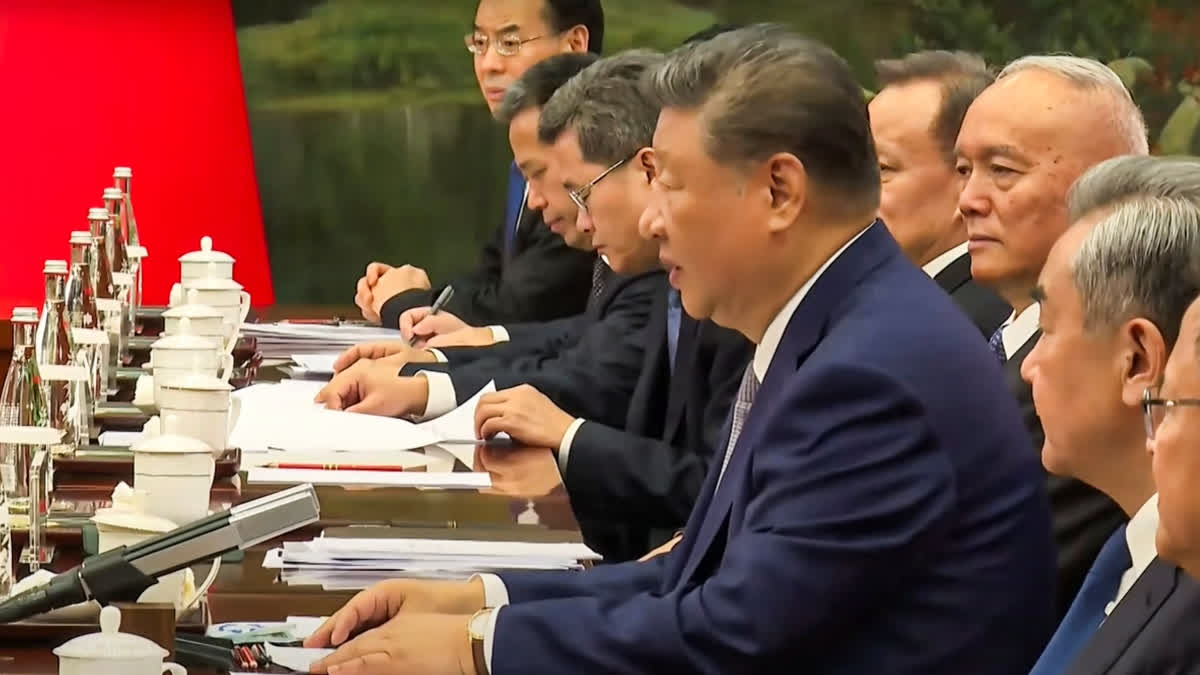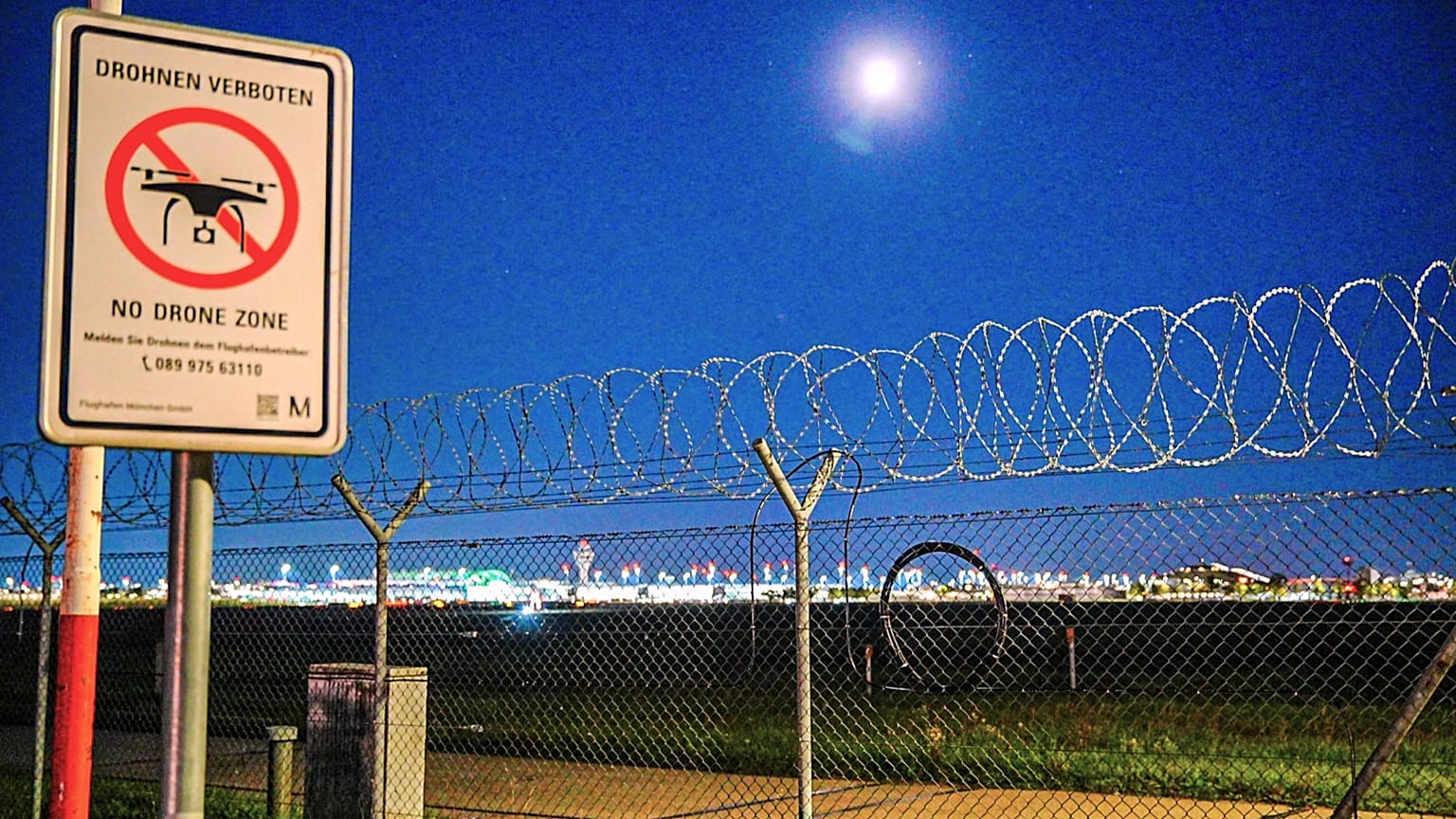In a world marked by economic turbulence and shifting alliances, Chinese President Xi Jinping and Indian Prime Minister Narendra Modi have highlighted the importance of bilateral friendship. Their recent discussions come at a time when global trade tensions, including tariffs imposed by the United States, are affecting markets worldwide and prompting countries to reassess strategic partnerships.
The meeting between Xi and Modi underscores a shared interest in maintaining stability and cooperation between the two Asian giants. Both leaders emphasized dialogue and mutual respect as essential tools for navigating a complex international environment. By presenting a united front, they aim to reinforce regional peace while protecting their respective economic interests amid global uncertainty.
Trade has been at the heart of their interactions. Tariffs imposed by the U.S. and other protective actions have caused interruptions in supply chains and raised expenses for companies in both China and India. Against this backdrop, enhancing trade and investment connections bilaterally acts as a viable reaction to worldwide economic challenges. Representatives from both countries have explored ways to enable more seamless trade activities, such as plans to lower trade restrictions and promote collaborative industrial ventures.
Beyond economic concerns, Xi and Modi delved into the wider geopolitical context. With tensions escalating in various regions, both leaders emphasized the importance of multilateral strategies and regional partnership. Their dialogue demonstrates an awareness that worldwide issues—from climate change to cybersecurity—require cooperation instead of conflict. Enhancing the China-India partnership is thus viewed as a stabilizing influence in a volatile world.
Infrastructure and technology are also key topics in their dialogue. China’s experience with large-scale development projects, including the Belt and Road Initiative, offers lessons that could benefit India’s urbanization and connectivity efforts. Meanwhile, India’s growing tech sector and market potential provide opportunities for collaboration, particularly in areas such as information technology, renewable energy, and digital trade. Both nations view these exchanges as mutually advantageous.
The significance of the meeting between the leaders goes beyond economic matters. Amidst a climate of increasing nationalism and protectionism, the public declaration of camaraderie by Xi and Modi conveys a clear signal to the world: The two most populous nations in Asia are ready to work together, even as global alliances change. This stance might inspire other countries to seek collaborations grounded on mutual interests instead of ideological differences.
Security cooperation was another aspect of their discussions, particularly concerning border management and regional stability. Past tensions along the China-India border have required careful diplomacy, and both sides emphasized the importance of dialogue, confidence-building measures, and communication channels to prevent misunderstandings. Maintaining peace along their shared border remains a top priority for both governments.
Economic forums and trade councils have started to put into action various proposals discussed by Xi and Modi. Strategies for encouraging investment in areas such as renewable energy, infrastructure, and advanced technology manufacturing are in progress, intending to enhance bilateral trade and counter the influence of foreign tariffs. These initiatives are anticipated to generate employment, facilitate technological interchange, and strengthen economic robustness.
Experts indicate that a reinforced alliance between China and India might produce widespread effects in Asia and elsewhere. As two of the fastest-expanding economies worldwide, their collaboration holds the potential to impact international supply chains, industrial markets, and regional growth plans. By collaborating, these nations strive to mitigate economic fluctuations and exert more authority in international governance platforms.
The leaders also addressed cultural and educational exchanges, recognizing the value of people-to-people connections in fostering long-term goodwill. Student programs, research collaborations, and tourism initiatives were highlighted as avenues to deepen mutual understanding and create networks that support diplomatic and economic objectives. Such initiatives demonstrate that diplomacy extends beyond government channels and can have lasting societal impacts.
Even with their distinct political systems, economic structures, and strategic goals, Xi and Modi underlined that practicality and shared advantage are key components in their relationship. Both parties recognized the difficulties arising from external influences but concurred that collaboration offers a more positive path than conflict. This strategy indicates an increasing tendency among countries to pursue stability and foreseeability in a world marked by uncertainty.
Financial analysts have noted that stronger China-India relations could mitigate some of the disruptive effects of tariffs and trade wars. By diversifying trading partners and creating alternative supply chains, businesses in both countries may find new opportunities for growth. This strategic approach also reduces reliance on markets that are increasingly subject to unpredictable policy shifts.
Infrastructure projects discussed during their talks include transport corridors, energy pipelines, and joint ventures in technology parks. These initiatives aim to facilitate the movement of goods and services while promoting sustainable development. Both governments view these projects as a long-term investment in regional prosperity that transcends short-term geopolitical challenges.
The declarations made by Xi and Modi have focused on mutual respect and a common perspective. The leaders pointed out that friendship and working together are not merely ideals but practical methods for handling a world where economic unpredictability, political turmoil, and environmental challenges are becoming more intertwined. Their conversation highlights a dedication to stability and progress, even when confronted with global disturbances.
The international response to this partnership has been cautious but attentive. Observers recognize the strategic importance of closer ties between China and India, given their population size, economic influence, and geographic positioning. While Western powers continue to implement tariffs and trade restrictions, the two Asian nations appear intent on creating a framework that safeguards their interests and fosters regional development.
As global markets continue to fluctuate, the emphasis on cooperation over competition sets an example for other nations. Xi and Modi’s discussions demonstrate that even in a chaotic international environment, diplomacy and pragmatic partnerships can offer pathways to stability. This approach may influence policy decisions not only in Asia but also in other regions seeking alternatives to reliance on traditional power blocs.
Looking forward, the relationship between China and India is expected to stay central in worldwide economic and political plans. Both countries are putting resources into efforts that encourage joint growth, technology progress, and steadiness in their region. Although hurdles will continue, their recent talks demonstrate a collective realization that working together can produce more advantages than acting alone or depending on outside forces.
The meeting between Xi Jinping and Narendra Modi reflects a deliberate effort to strengthen bilateral ties in a period of global uncertainty. By prioritizing friendship, trade cooperation, and regional stability, the two leaders aim to navigate the complex international landscape while positioning their nations as influential players. Their commitment demonstrates that even amid external pressures such as tariffs and geopolitical tensions, proactive diplomacy and practical partnerships remain essential tools for securing economic and political resilience.





